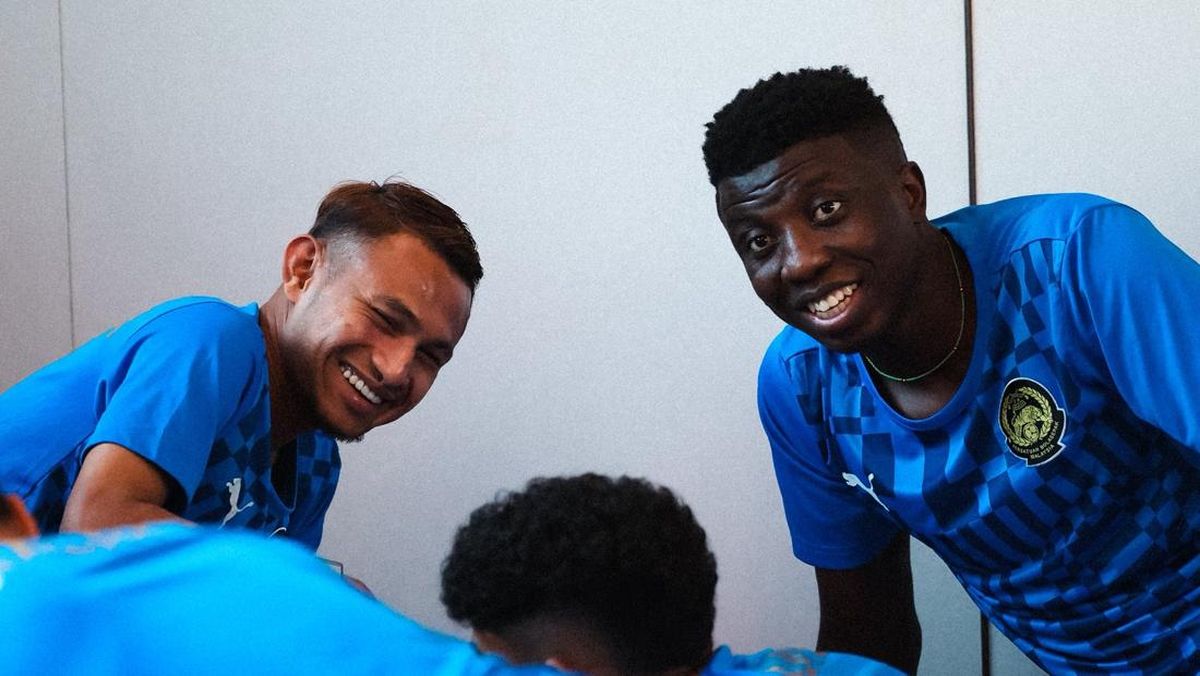Opinion
October 11, 2025 — 4.30pm
October 11, 2025 — 4.30pm
As Ashes summers go, the 2025-26 edition is promising as much speculation and opining as any since perhaps Mike Gatting’s 1986-87 “can’t bat, can’t bowl, can’t field” chapter, when the tourists were written off by their own scribes.
That derisive vision was delivered after a spectacularly impotent start against the state teams in the age when tourists actually played warm-up first-class games in competitive match conditions before each Test match. Fancy preparing for a Test match by playing serious fixtures on the home team’s pitches!
Whatever England did back then must have helped them work through the early summer glitches as they returned to the Old Dart with the goodies. That home loss was a spur for the second Australian “Golden Age” from 1989 to 2005, and 20 years on from the anomaly of England’s own home victory in 2005, they are psyching themselves up by magnifying Australia’s line of least resistance – No.1-No.3 in the batting order – and imagining they have a bumper (my collective noun for a group of fast bowlers) group to exploit an ageing and immature top three.
England will play fixtures among themselves for the most part to tune up for the Ashes. The England second XI, the Lions, are also on tour Down Under, which helps provide plenty of easily accessible replacements and some controllable practice matches, both elements that could be anathema to building a strong team ethic or generating true competitive tension.
However, this scheduling and format is the nature of the modern touring beast, as most countries, including Australia, prefer to sterilise their Test match preparation rather than be confronted with real match situations. The players’ ability to adapt and be flexible becomes stunted, the consequences of success and failure are theoretical and very unlike what a Test match will bring.
The operations people at Cricket Australia have chosen a hybrid form of preparation for this important summer. They have reckoned that by sending the Australia A team, which contains a number of Test aspirants, to India to bat and bowl on pitches typical of the subcontinent, that will somehow serve them well in Australian conditions.

Sam Konstas failed in both innings of the first Sheffield Shield game in Perth. But was batting in India with the Australia A side a good preparation?Credit: Getty Images
Nathan McSweeney, Sam Konstas and longshot Oliver Peake et al. were taken away from their states at a most inopportune time. The theory behind the Australia A tour is to prepare for a full India tour in 2027. You can’t argue about the forward-thinking, but the immediate future needs priority, especially given Australia’s top three conundrum.
Throw in a T20 series in New Zealand to further muddy the waters of a thorough Test preparation, and a white-ball series against India, and the Ashes seem to have been relegated to the back of minds. Maybe a couple of T20 slog players are in Test calculations, but taking those players out of the state pool weakens the overall competitive strength of the Shield, and even the domestic 50-over competition.
Filtering the “promising” from “real deals” usually involves competing against each other. Competition is healthy, Australia’s up-and-comers need to stash the technical guff, get away from the “wangers” and play some hard cricket. As rugby league super coach of the 1970s and ’80s Jack Gibson observed, “potential never won nothing”.
Fortunately there is a competition called the Sheffield Shield that should provide the selectors with enough performances across differing pitches and scenarios to allow context beyond educated guesses, or curb players from picking and choosing their own fates, which seems to be the way of the contemporary Test player.

Jofra Archer is back in the frame for England’s tour Down Under after years interupted by injury.Credit: Getty Images
Round one of the Shield has primed the form guide nicely, and what a contrast the local conditions around the nation provided.
Allan Border Field in Brisbane has been an early season highway, made for bowlers to toil and batsmen to flail. Adelaide Oval’s drop-in pitches have been traditionally benign, unless the cerise ball has been flung under the lights. Batsmen have again been favoured, but that’s OK, bowlers need to earn wickets with persistence and effort sometimes.
Where once the WACA pitch was as hard as steel and as white as a stuccoed hacienda, it is now turned out as green as spinach and as soft as a fresh-baked loaf of bread. This conflates bowlers’ numbers (spin and seam) – with spin used in just the ninth over of the game, and the first ball from off-spinner Corey Rocchiccioli going over the batsman’s left shoulder as he prodded forward – and defeats the batsmen’s technique, challenging their confidence.
If Cameron Green was looking for a decent time at the crease as he angles for one of the top three spots, then he should be having a quiet word with his home groundsmen. Granted, the weather was very unlike Perth, with cloud and drizzle on the first two days, but divots should not be taken out of the WACA pitch in any iteration.

England quick Mark Wood.Credit: Getty Images
Home Test pitches have been more and more favouring seam bowling, producing some exciting but short-lived cricket. Nathan Lyon hardly got a trundle last year against India and even though he was the NSW captain in Perth, he bowled little, hence him being available for the Blues’ Shield game in Melbourne next week.
If the same conditions are on the menu for the Tests, that will serve England better than Australia.
With all the talk of who will play, the next most important question is on what will they play?
Loading
Australia should back themselves to beat England on hard, bouncing traditional pitches via their experienced and elite bowling attack (fitness assumed).
England might have Jofra Archer and Mark Wood to bowl fast, but they have proven fragile, and grinding days in the field on rock-hard surfaces will limit the number of overs per Test and seriously question their ability to play consecutive matches. They are called “Tests” for a reason, and a five-Test series needs mental and physical resilience from all combatants, but especially the key fast bowlers.
So, the examinees around the country had some mixed results. There are three more Shield games to go before the first Ashes Test – will they be played on cabbage patches or runways? Something in between might work to Australia’s advantage.
Most Viewed in Sport
Loading


















































